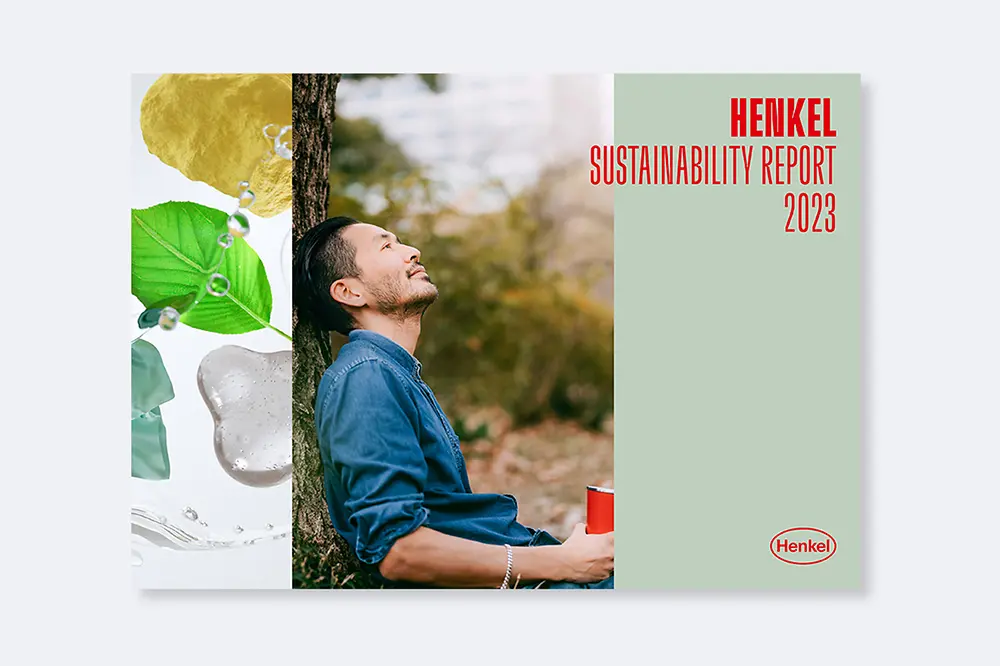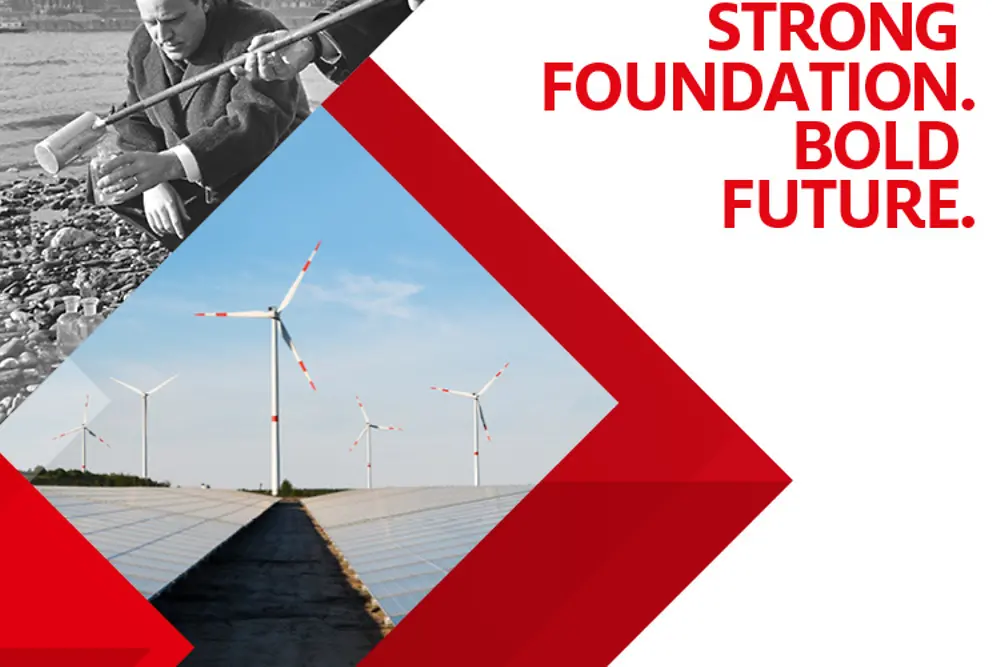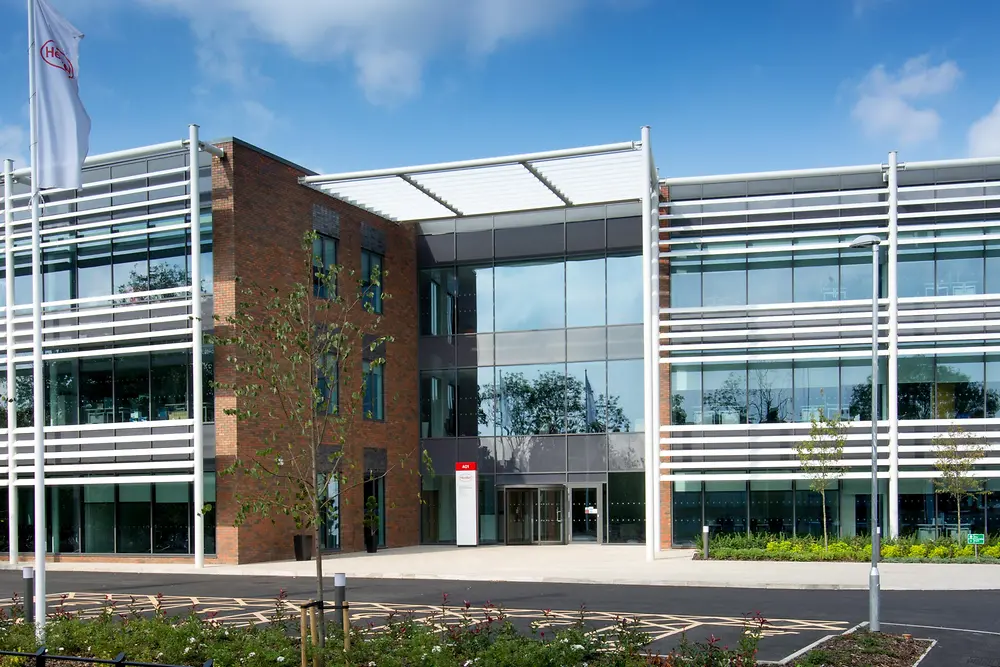Learn more about Henkel Brands & Businesses in UK & Irelands: Includes useful information about the brands, technologies and latest innovations in our business areas: Adhesive Technologies and Consumer Brands.
Emptying the ecological backpack

Even as a small child, the universe delighted me. A fascination that gradually grew and eventually led me to study physics. The older I got, the more meaning I received from the universe and the earth – because it is the only planet that we all live on. When someone looks at everything on Earth, they realize how thin and fragile the atmosphere is. It protects us from UV rays and meteorites and is also responsible for our weather and climate. In the last few decades, we have experienced an enormous surge in emissions from carbon dioxide (CO2) and other greenhouse gasses that found their way into the atmosphere to the result of “global warming” and “climate change.”
Global warming: Everyone is responsible
Every one of us carries an ecological backpack. But what’s inside? All of our emissions that we collect daily. For example, through the use of products that aren’t made of renewable resources. However, we as private citizens, are not solely to blame for climate change. Manufacturers especially are very clearly responsible for the emissions that are in the atmosphere. If in the future, nothing changes and we don’t lighten our ecological backpack, we and particularly the following generations, will feel the ramifications: We must learn to live with extreme weather conditions, droughts or floods.

Dr. Thomas Müller-Kirschbaum, Head of Research and Development at Henkel’s Laundry & Home Care business unit
The goal of being a climate-positive company
With a yearly CO2 footprint of more than 45 million tons along the entire value chain, Henkel is also held responsible. However, how can we as a company act to reduce emissions? The United Nations Paris Agreement plans to limit global warming to less than two degrees Celsius. This requires a reduction of CO2 emissions of 80 to 90 percent until 2050. At Henkel, we are committed to this two-degree target. In light of this, we aim for climate-positive operations by 2030.

“Climate-positive means that our sites should also supply third parties with surplus carbon-neutral energy, which we don’t need for our own purposes.”
As a first step, we have to concentrate on our own production, which we can influence directly. We set ourselves the goal to lower the CO2 footprint of our production by 65 percent by 2025. However, that won’t be the end for us. Aside from improving our own production, we would like to collaborate with our suppliers, as well as to explain our customers and consumers how to save emissions, for example through information about the proper usage on our product packaging. In this way, we can further improve our CO2 balance.
Emptying the ecological backpack
I would recommend everyone calculate their personal ecological footprint to understand how many emissions we release in the atmosphere. Here, they can find many helpful online tools. By answering a few questions, our Footprint Calculator shows how much CO2 is caused through our own lifestyle in relation to housing, nutrition, mobility, or holiday and leisure. This helps people go through life more aware of the decisions they make every day and the right ones that can create a better future.










